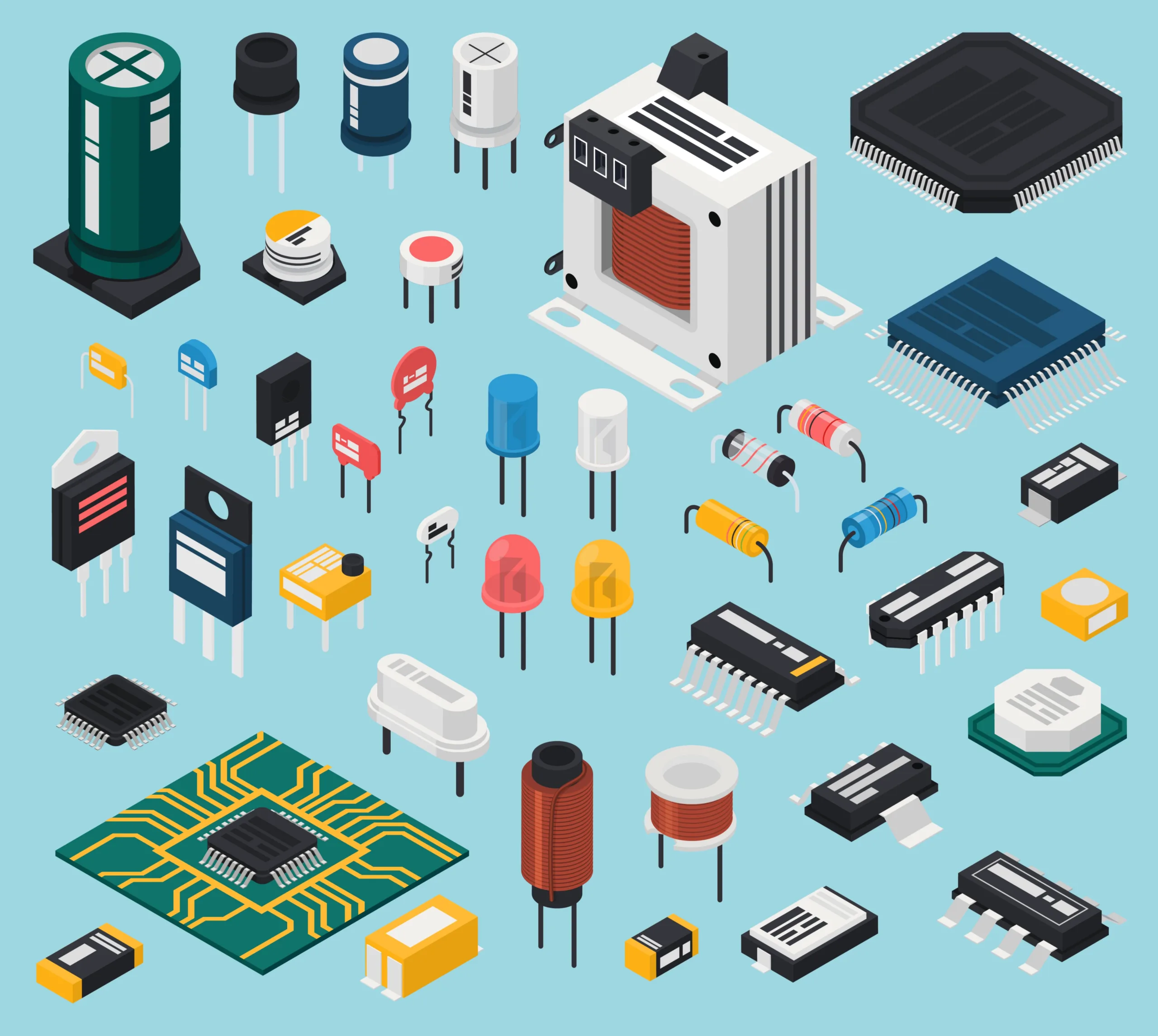Exploring the world of basic electronics is an interesting and exciting adventure, regardless of whether you’re a curious hobbyist, an aspiring engineer, or just someone who wants to understand the technology that runs our modern world. In this post, we’ll explore the fundamental ideas that guide the design of electronic components and circuits. Let’s gradually remove confusion from the field of currents and electrons.
Table of Contents
Introduction to Basic Electronics
What is Electronics?
Electronics is the study of how electrons behave and interact within circuits and devices. It involves the manipulation of electric currents to perform tasks like computation, communication, and control.
Importance of Electronics in Daily Life:
From smartphones and computers to household appliances and medical equipment, electronics are integral to modern living. They enable us to connect, automate tasks, and enhance our overall quality of life.
Atoms and Electrons: Building Blocks of Electronics
Understanding the Atom’s Structure
At the heart of electronics lies the atom, comprising a nucleus of protons and neutrons, orbited by electrons. Electrons, with their negative charge, play a crucial role in electrical interactions.
The Role of Electrons in Electricity
When electrons move, they create electric currents. This movement can be used to power various devices and systems.
Voltage, Current, and Resistance
Explaining Voltage (V) and Its Units (Volts)
Voltage, It is a force that pushes electric charges through a circuit. It measures in volts, represents the electric potential difference between two points.
Current (I): The Flow of Electric Charge
Electric current, measured in amperes (amps), it is the rate of flow of electric charge. It’s the movement of electrons in response to a voltage.
Resistance (R): Breaker for current
Resistance, measured in ohms (Ω), opposes the flow of current. It’s a important element in controlling the amount of current in a circuit.
Current (AC and DC)
Current is the flow of electric charge. Direct Current (DC) flows continuously in one direction, while Alternating Current (AC) periodically changes direction. AC is commonly used in power distribution due to its efficiency in long-distance transmission, while DC is often used in batteries and electronic devices.
Batteries
Batteries are electrochemical devices that store and release energy in the form of electrical potential. They power a wide range of devices, from small electronics to vehicles. Understanding battery types, chemistry, charging, and discharging is essential for efficient and safe use.
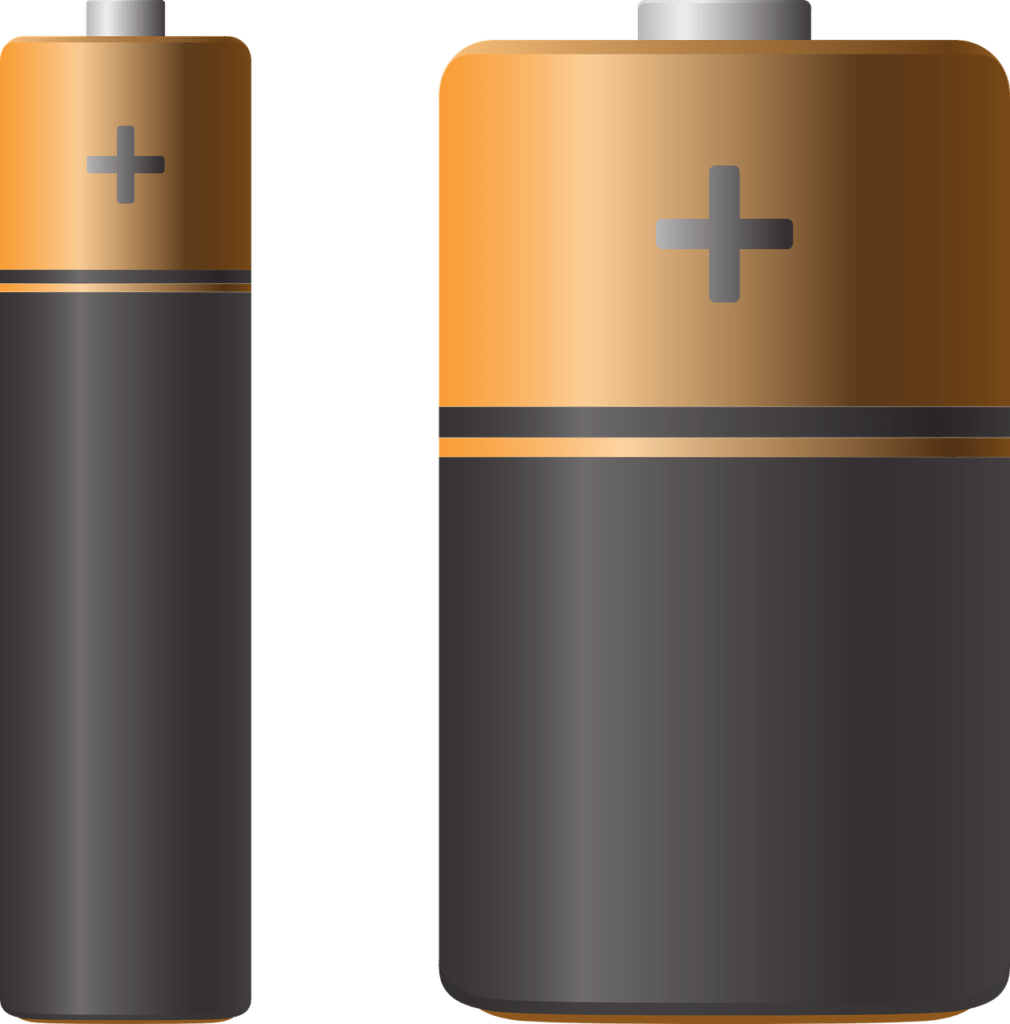
Ohm’s Law: The Relationship between Current, Voltage and Resistance
Ohm’s Law Equation
Ohm’s Law, a fundamental principle, Which states that the current flowing through a conductor is directly proportional to the applied Voltage and inversely proportional to the resistance. This relationship is expressed by the equation I = V/R.
Practical Applications of Ohm’s Law
Ohm’s Law is applied in various ways, from designing circuits to troubleshooting faults.
Basic Circuit Components
In electronics, components are classified into two main categories: active components and passive components
Active Components
Active components are devices that are capable of controlling the flow of electrical current. They can amplify, switch, or generate signals. These components require an external source of power to operate. The most common active component is the transistor, which is used in a variety of electronic applications, such as amplifiers, switches, and oscillators. Other examples of active components include operational amplifiers (op-amps), integrated circuits (ICs), and vacuum tubes (though these are less commonly used today).
Passive Components
Passive components, on the other hand, do not have the ability to amplify or control the flow of current. They primarily respond to the flow of current or voltage changes. These components do not require an external power source to perform their function. Some common passive components include: Resistors, capacitor and inductors.
Resistors: Controlling Current Flow
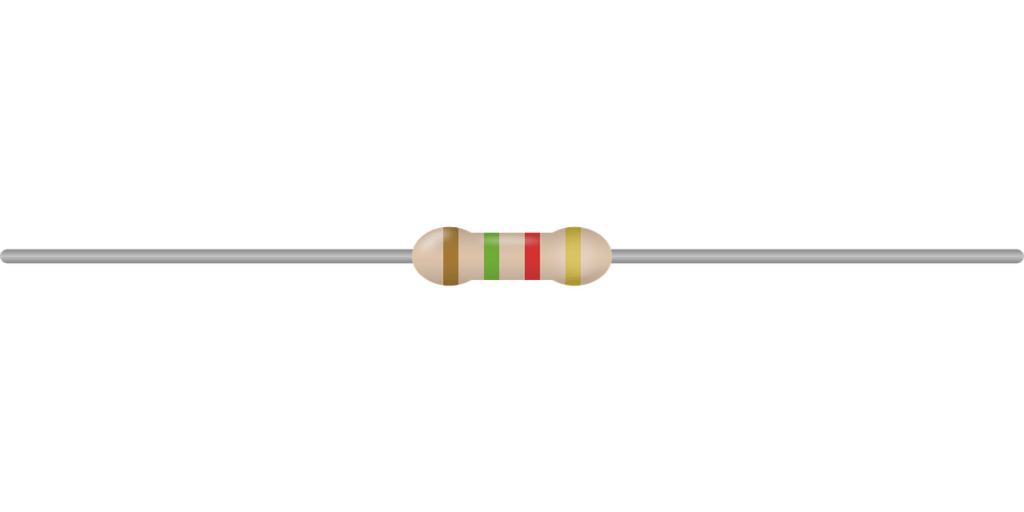
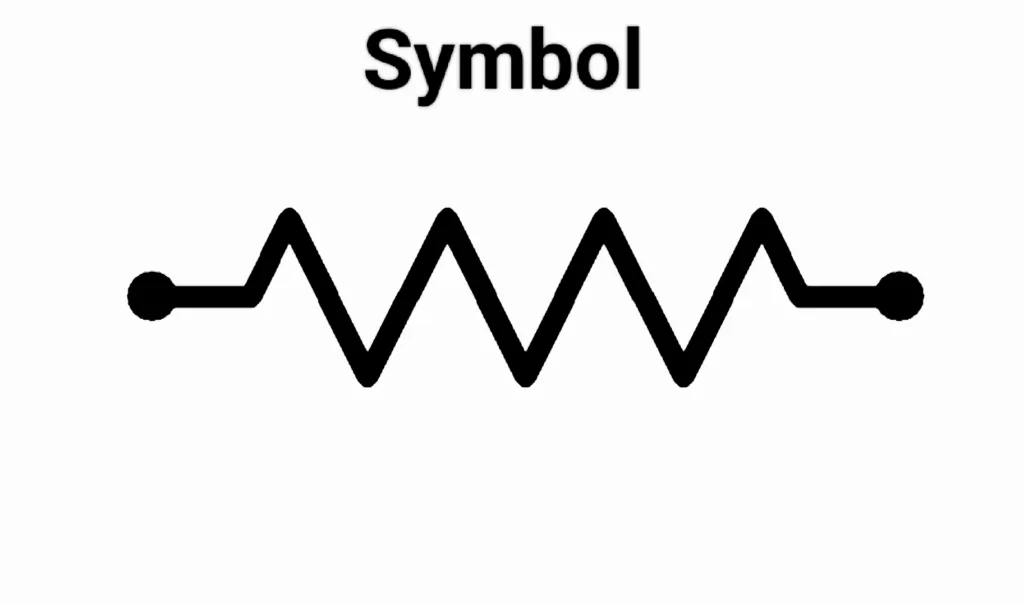
Resistors are passive components. A resistor is a fundamental component that limits the flow of current. It’s measured in Ohms (Ω) and dissipates energy in the form of heat. Resistors are used to control current, divide voltage, current limiting, and signal conditioning.
Capacitors: Storing Charge
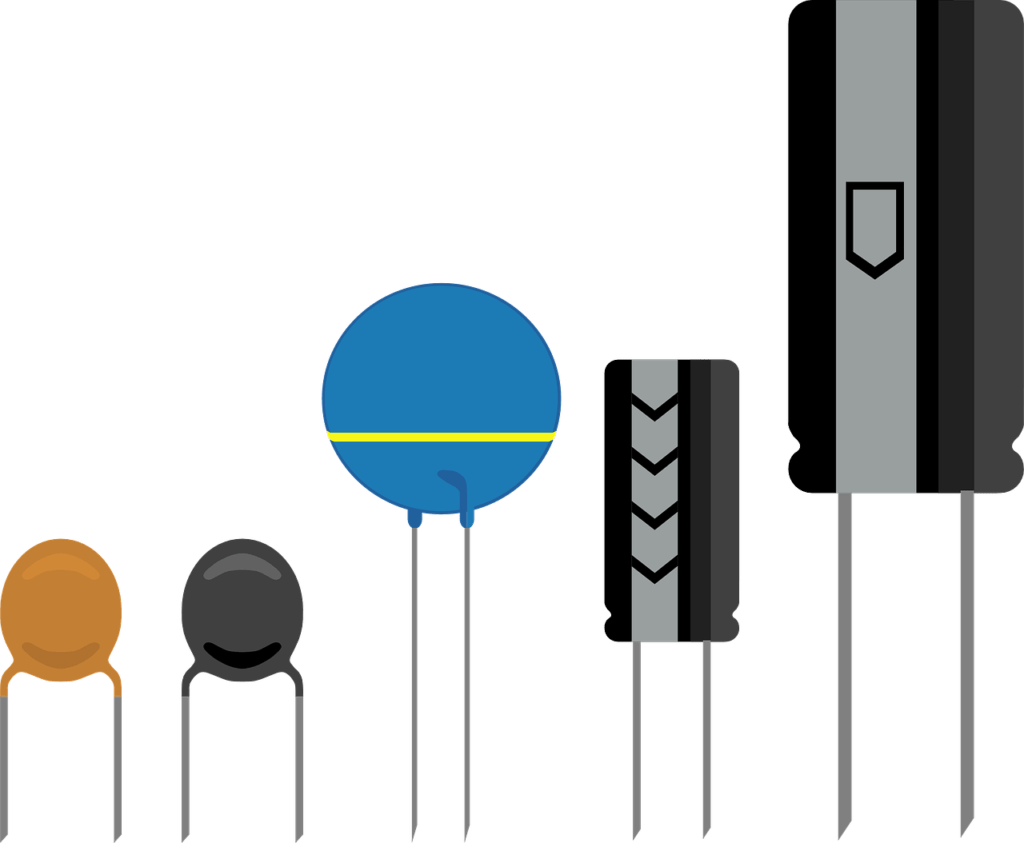
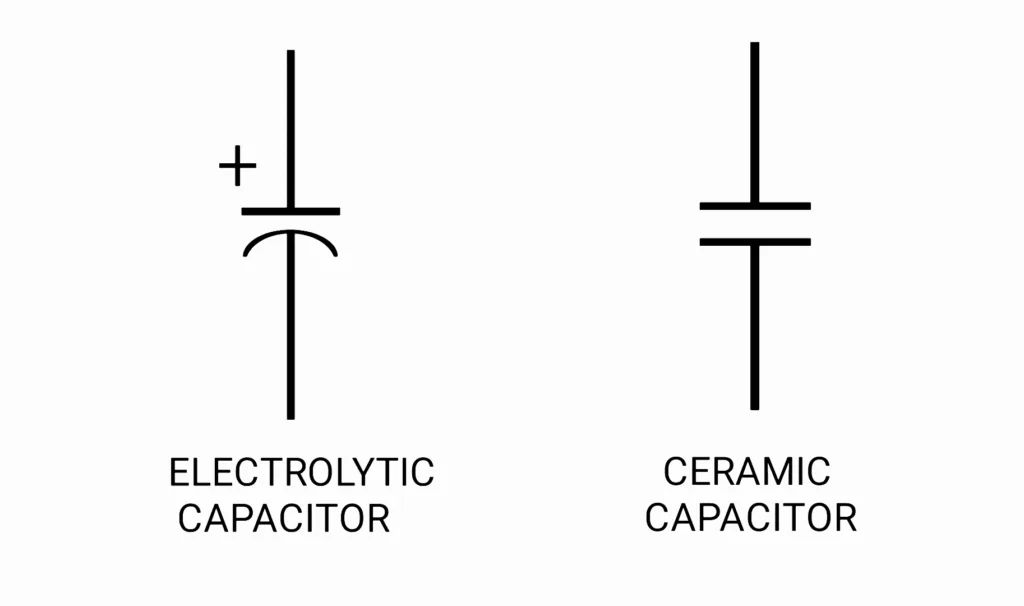
A capacitor stores electrical charge. It consists of two conductive plates separated by an insulating material (dielectric). Capacitance (C) is measured in Farads (F). Capacitors are used in filters, timing circuits, and energy storage.
Inductors: Harnessing Magnetic Fields
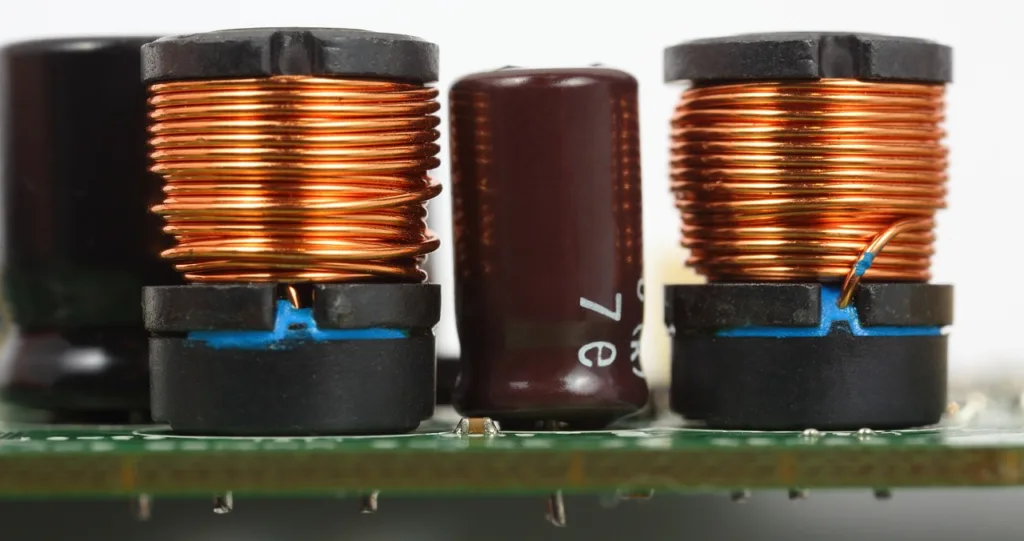

An inductor stores energy in a magnetic field when current flows through it. It’s made of a coil of wire and is measured in Henries (H). Inductors resist changes in current and are used in filters, transformers, and energy storage.
Types of Circuits
Series Circuits
In a series circuit, components are connected end-to-end, creating a single pathway for current. The same current flows through all elements.
Parallel Circuits
Parallel circuits provide multiple pathways for current. Each component receives the same voltage, while the current divides among them.
Series-Parallel Circuits
Complex circuits often combine series and parallel configurations to achieve desired functionality.
Semiconductors and Diodes
What are Semiconductors?
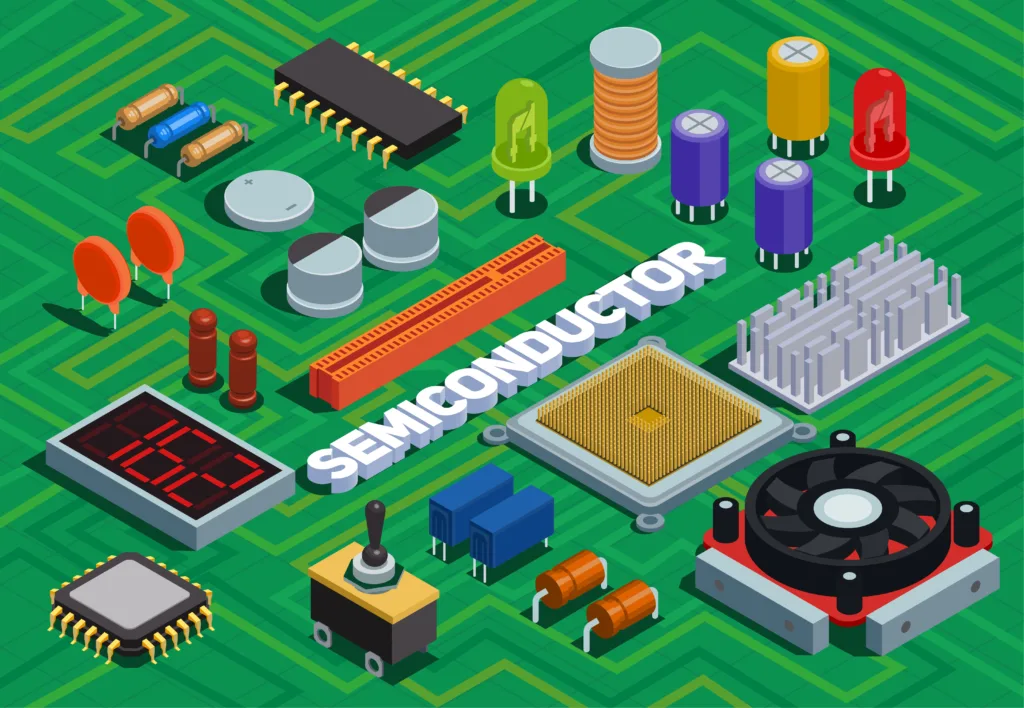
Semiconductors have electrical conductivity between conductors and insulators. They’re the basis of modern electronics.
The Function of Diodes
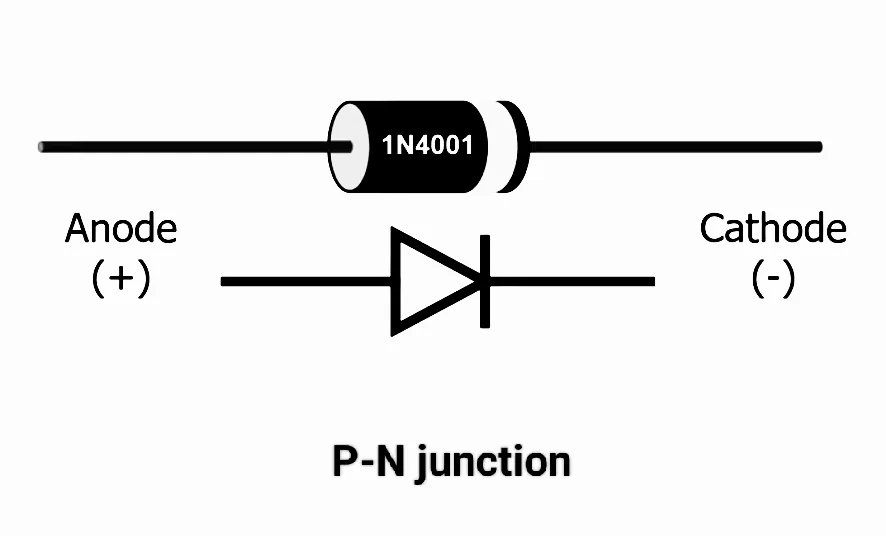
Diodes are semiconductor devices that allow current to flow in one direction only. They’re used in rectification, signal demodulation, and voltage regulation.
Transistors: Building Blocks of Digital Electronics
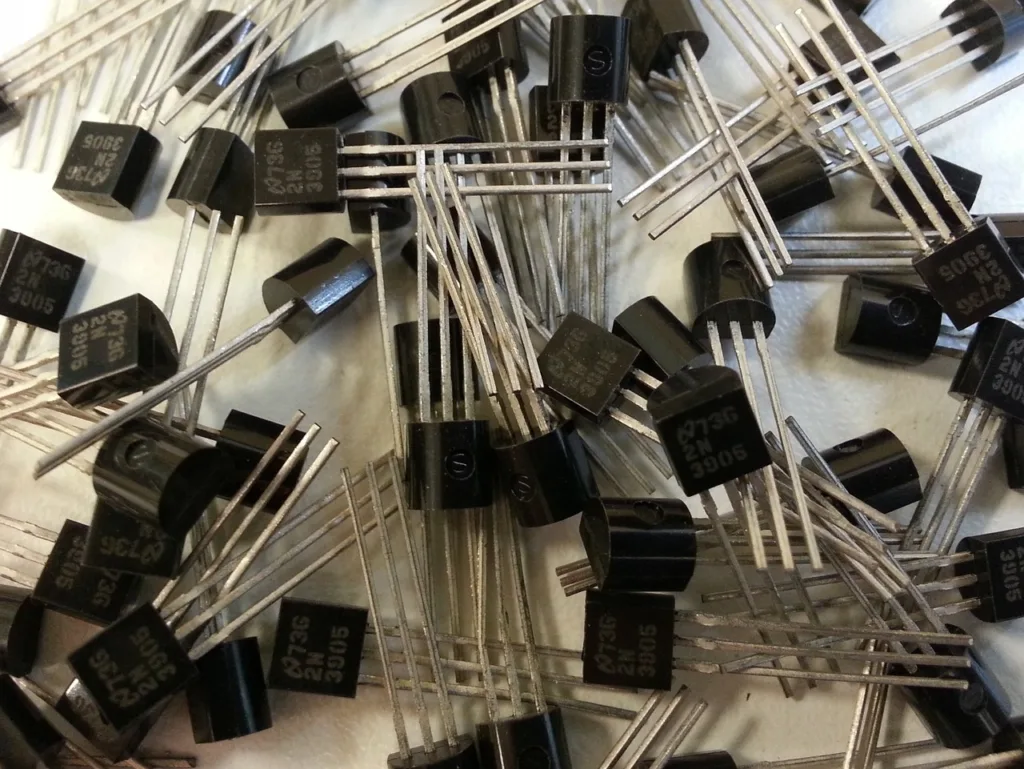
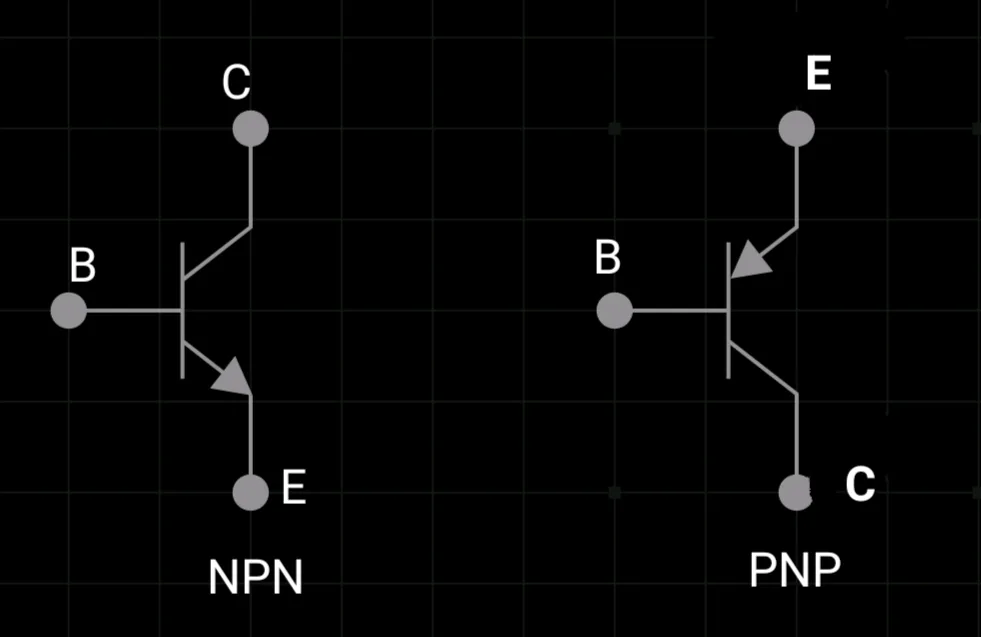
Transistors are semiconductor devices with the ability to amplify and switch electronic signals. They form the foundation of digital circuits and microprocessors.
Introduction to Integrated Circuits
ICs: Miniaturized Electronic Circuits
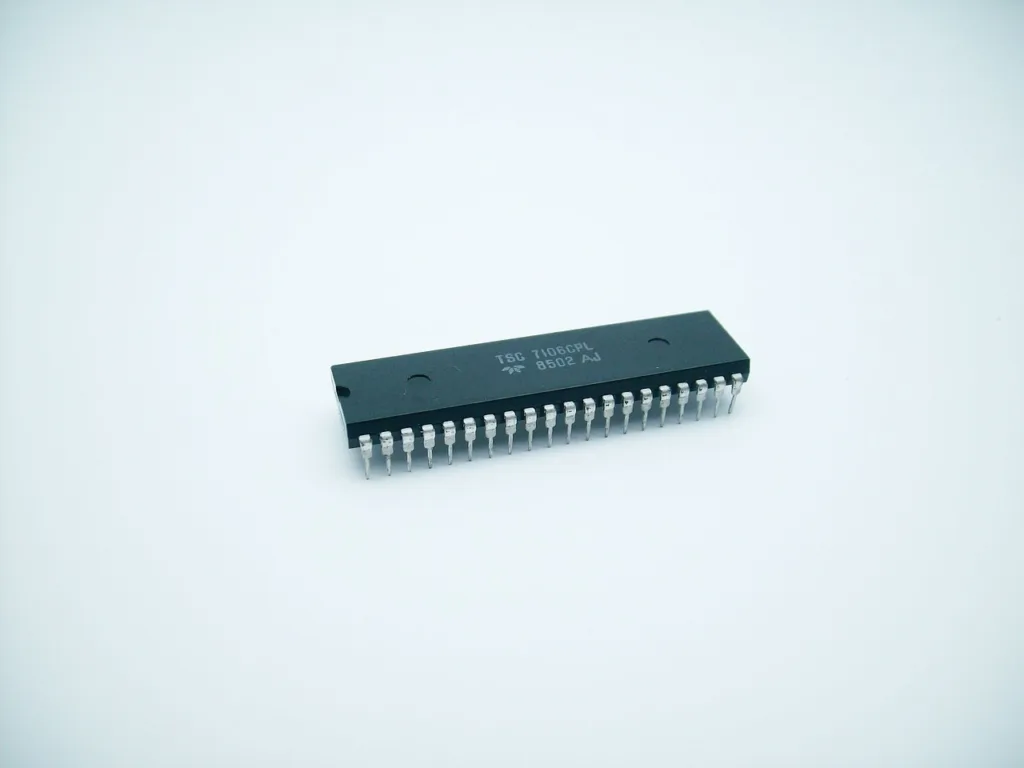
Integrated Circuits (ICs) pack thousands to billions of components onto a single chip. They’re the backbone of electronic devices, from calculators to smartphones.
Types and Applications of ICs
ICs come in various types, including analog and digital, and find application in communication, computing, and control systems.
Understanding Oscillators and Signals
Generating Oscillations
Oscillators produce repetitive waveforms used in clocks, radios, and digital systems. They provide the rhythmic heartbeat of electronics.
Types of Electronic Signals
Signals can be analog or digital, carrying information through variations in voltage or discrete on/off states.
Introduction to Digital Logic
Binary System: Language of Computers
Digital systems use binary code (0s and 1s) to represent information. It is language of computer.
Logic Gates: Building Logic with Transistors
Digital electronics deal with discrete voltage levels representing binary states (0 and 1). Logic gates (AND, OR, NOT, etc.) manipulate these states. Combining gates forms logic circuits, like adders and flip-flops, the basis of computers.
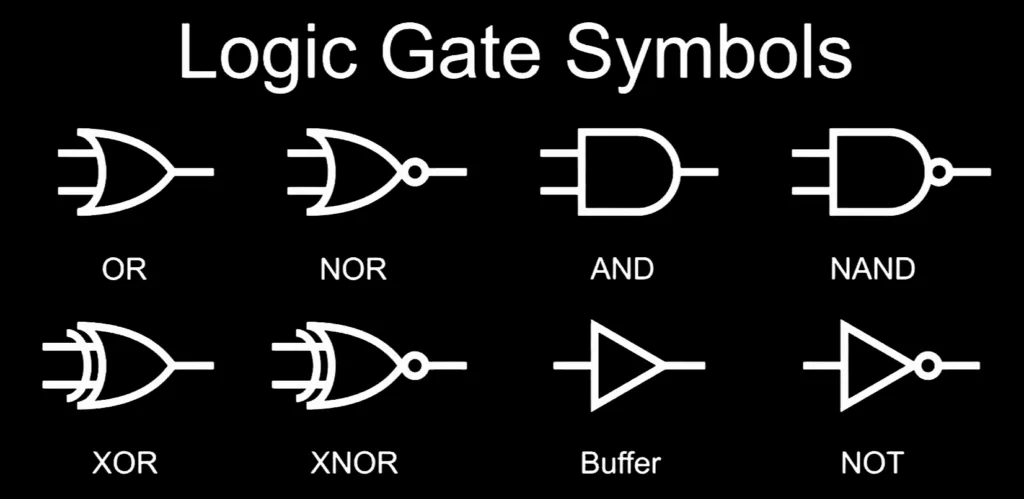
Boolean Algebra
Boolean algebra is a mathematical system that deals with binary variables and logic operations like AND, OR, and NOT. It’s fundamental to digital circuit design.
Microcontrollers and Embedded Systems
Microcontrollers are compact integrated circuits that contain a central processing unit (CPU), memory, and input/output peripherals. They form the core of embedded systems, controlling various functions in appliances, automobiles, consumer electronics, and more.
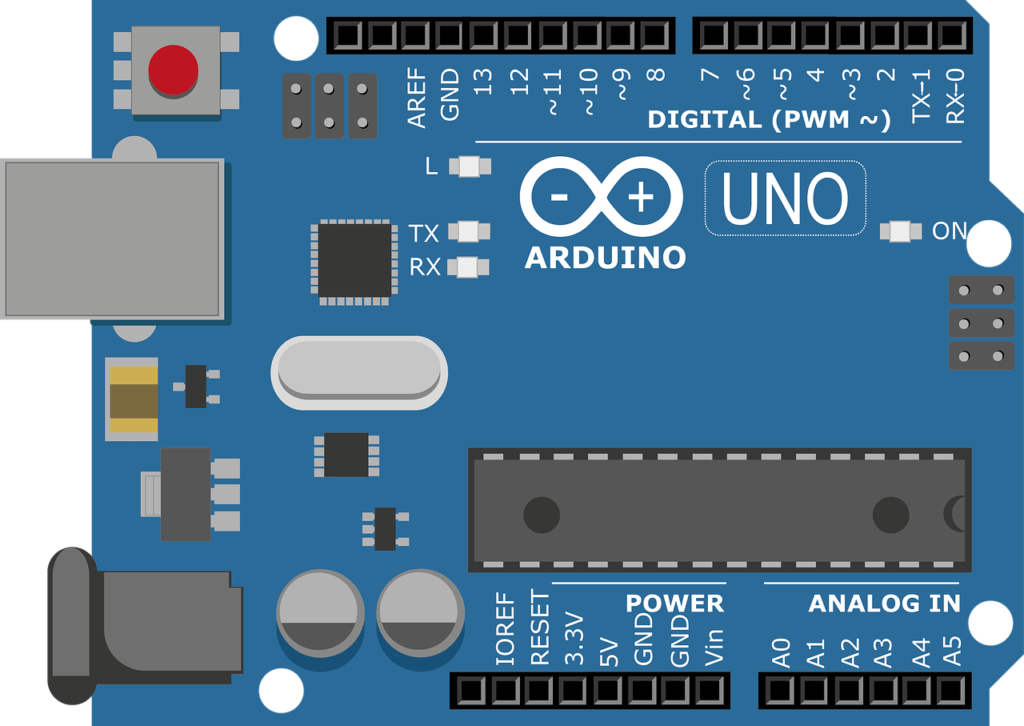
Digital-to-Analog and Analog-to-Digital Conversion
DACs (Digital-to-Analog Converters) convert digital signals to analog, while ADCs (Analog-to-Digital Converters) do the opposite. They’re essential for interfacing digital and analog systems.
Transducers
Transducers convert one form of energy into another. Examples include microphones (sound to electrical) and speakers (electrical to sound).
Power and Energy in Electronics
Power Calculation in Circuits
Power (P) is the rate at which energy is transferred or converted. It’s a important consideration for circuit design and efficiency.
P=V*I
Energy Consumption and Efficiency
Understanding power helps manage energy consumption and design energy-efficient devices.
Energy consumption measures in killo-watt hour(Kwh).
Voltage Regulators
Voltage regulators are crucial components that maintain a stable output voltage despite variations in input voltage or load conditions. Linear regulators use feedback to control output voltage, while switch-mode regulators switch power on and off rapidly to regulate voltage efficiently.
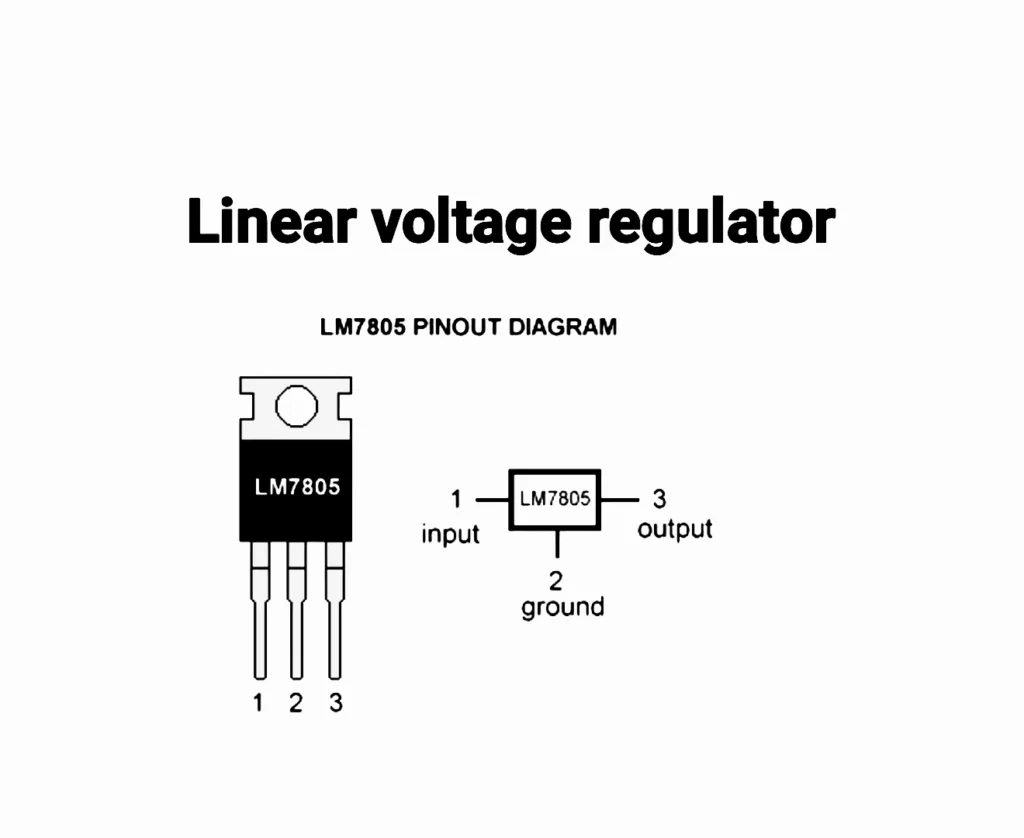
Power Supplies
Power supplies convert electrical energy from a source (usually AC mains or batteries) into the appropriate voltage and current levels required by electronic devices. Linear and switch-mode power supplies are common types, each with distinct advantages based on efficiency, size, and cost
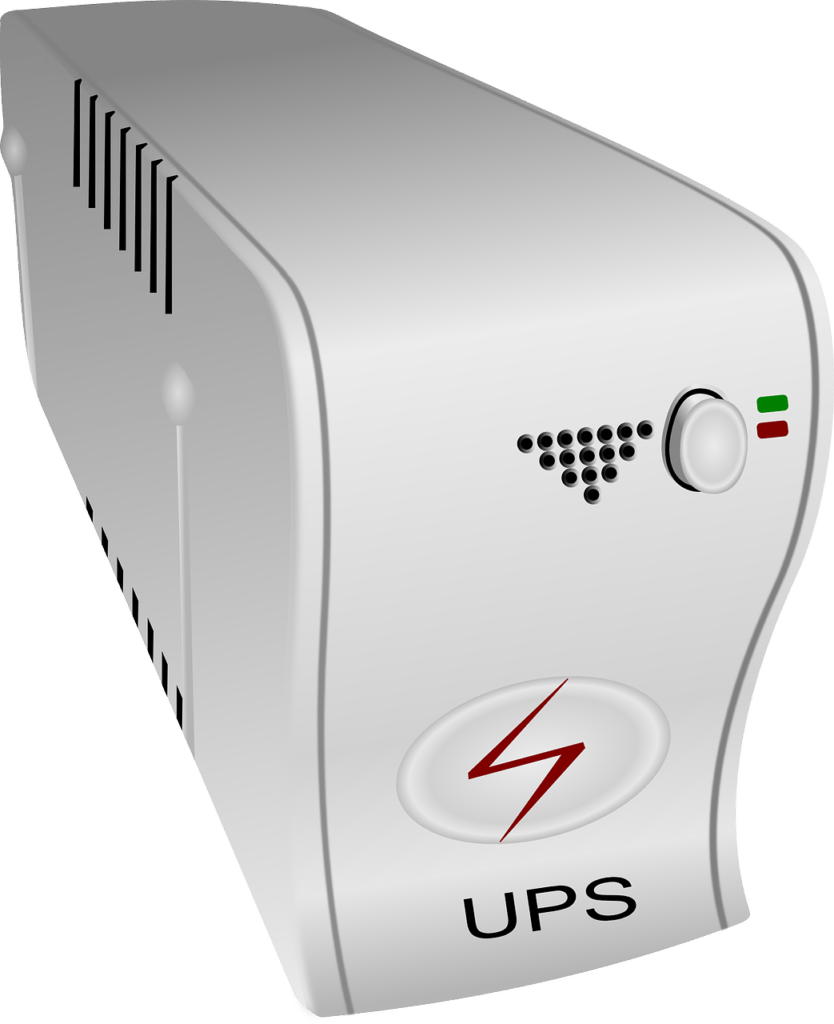
Electromagnetism and Electromagnetic Induction
Magnetic Fields and Electric Currents
When electric currents pass from a conductor it produces magnetic fields. This relationship is the basis of electromagnetism.
Faraday’s Law and Induced EMF
Faraday’s law describes how changing magnetic fields induce electromotive force (EMF), leading to concepts like generators and transformers.
Transformers
Transformers are devices that transfer electrical energy between two or more coils through electromagnetic induction. They enable voltage transformation, isolation, and impedance matching in power distribution and electronic systems.
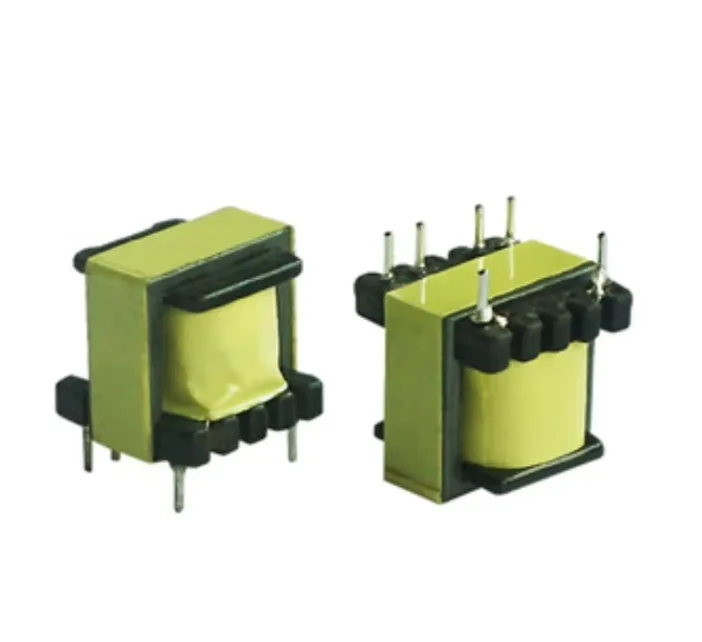
Sensors and Actuators
Sensors detect changes in their surroundings (e.g., temperature, light) and convert them into electrical signals. Actuators respond to electrical signals to perform actions (e.g., motors, speakers).
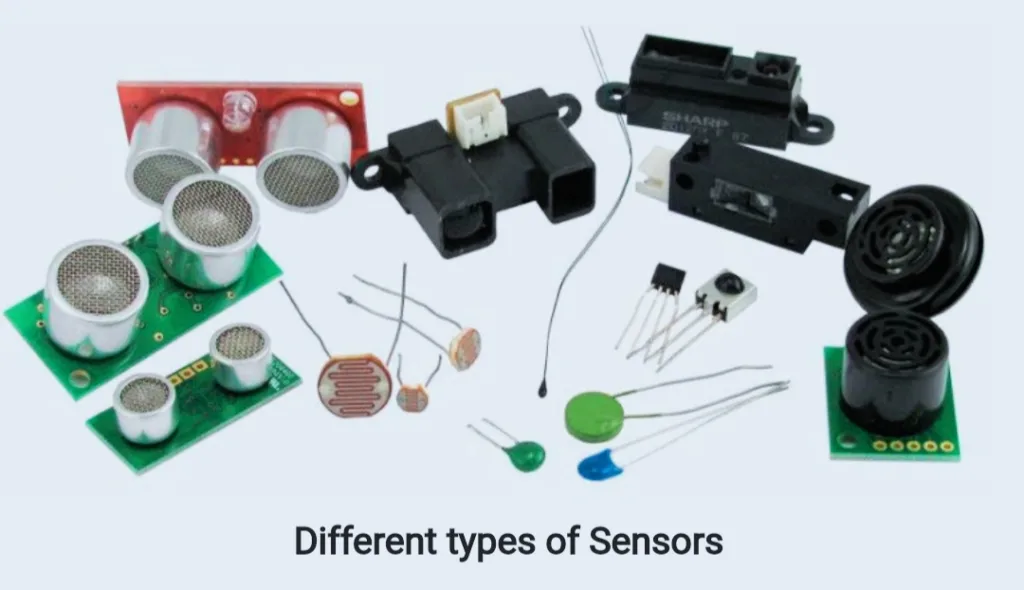
Safety Precautions in Electronics
Handling Electrical Components Safely
Electronics involve working with potentially dangerous voltages. Proper handling and safety measures are essential.
Grounding and Avoiding Electrical Hazards
Grounding helps prevent electrical shocks and safeguard against electrostatic discharge.
Basic Electronic Tools
Common tools include multimeters (for measuring voltage, current, resistance), soldering irons (for joining components), and breadboards (for prototyping circuits).
Multimeters
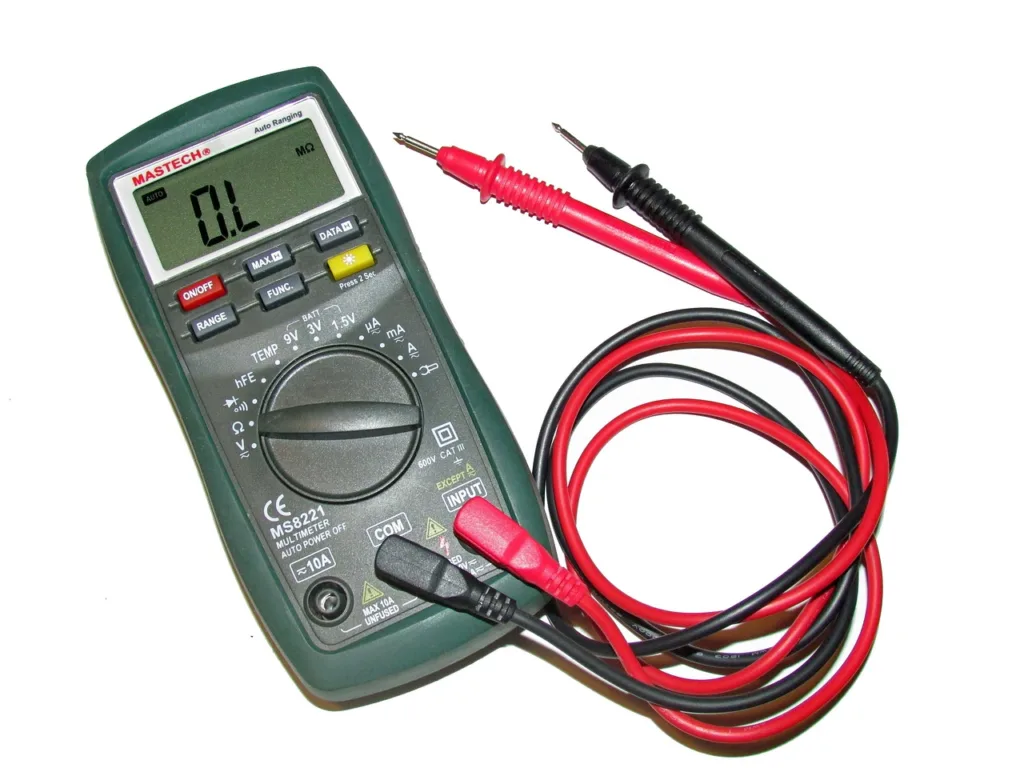
Multimeters are like electronic detectives. They help us measure important electrical properties like voltage and current. Whether you’re fixing a broken device or building a new gadget, a multimeter is your trusty assistant. We’ll learn how to use one effectively and interpret its readings.
Breadboards
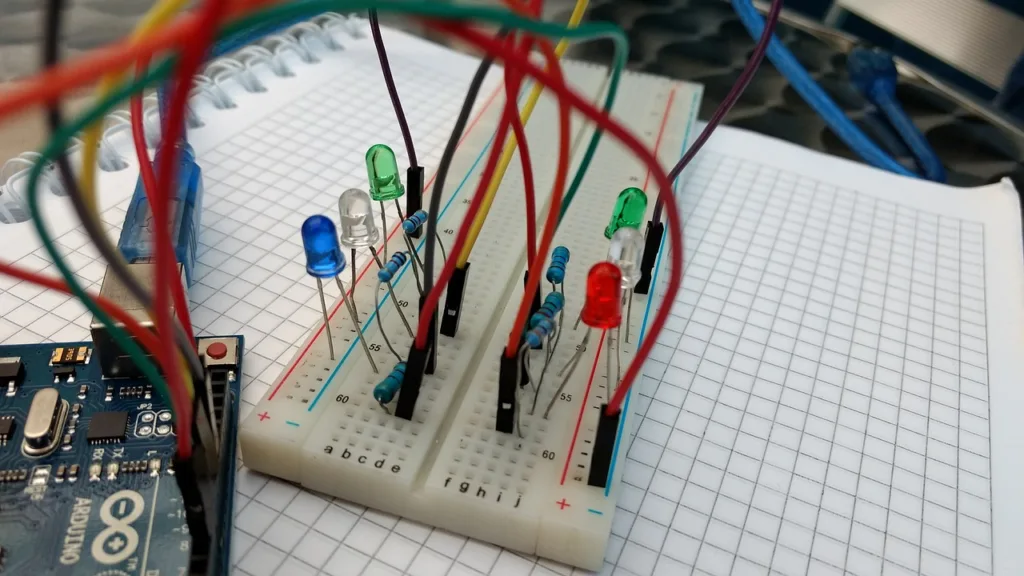
Breadboards are like playgrounds for electronics enthusiasts. They allow you to experiment without committing to a permanent setup. It’s where ideas come to life before turning them into reality. We’ll explore how to use breadboards to create and test electronic prototypes, giving life to your imagination.
Soldering Techniques

Soldering is the art of making strong connections between components. It’s like creating bridges between parts to ensure they work together seamlessly. Whether you’re a beginner or looking to improve your skills, we’ll guide you through the step-by-step process of soldering, making your projects more reliable.
Printed Circuit Boards (PCBs)
Printed circuit boards (PCBs) provide a permanent platform for mounting and interconnecting electronic components. They’re designed using specialized software and manufactured through processes like etching or printing conductive traces on an insulating substrate. PCBs ensure reliability, compactness, and organized assembly of electronic systems.
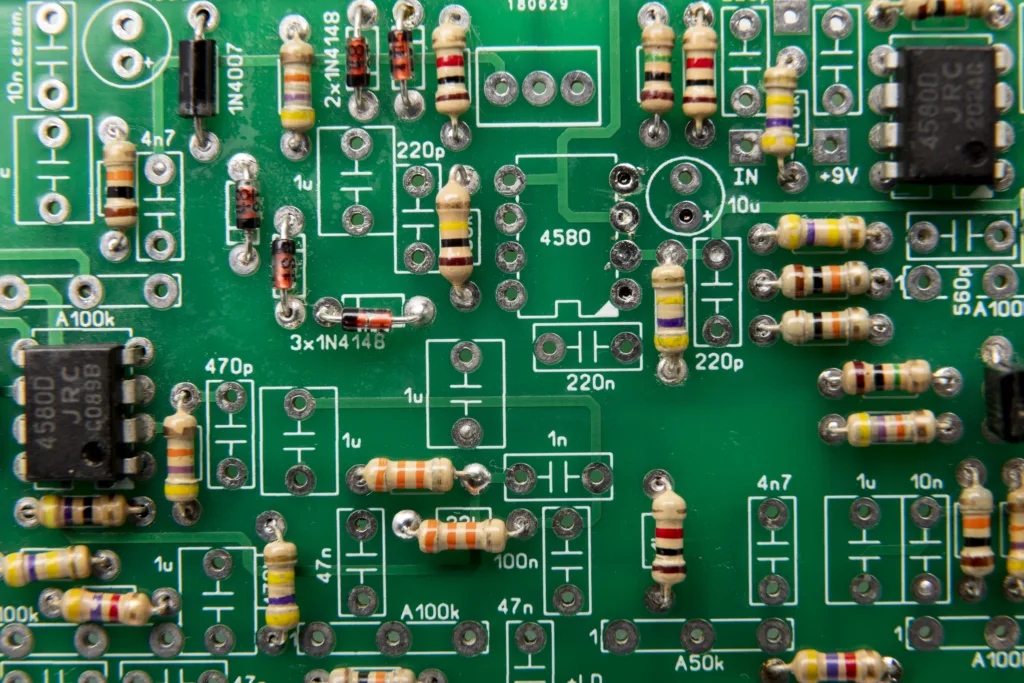
Debugging Techniques
Debugging is the process of finding and fixing glitches in your circuits. It’s like being a circuit doctor, diagnosing problems and applying remedies. From identifying faulty connections to dealing with unexpected behavior, we’ll explore effective debugging techniques to ensure your circuits work flawlessly.
Conclusion: Your Journey into Electronics
Basic electronics provides a foundation for understanding the technology shaping our world. As you dive deeper, you’ll unlock the potential to create and innovate.The field of electronics is vast and ever-evolving. Keep exploring and learning to stay at the forefront of technological innovation.
FAQs (Frequently Asked Questions)
- Q: What is the role of electrons in electronics?
- A: Electrons drive electric currents and enable the functionality of electronic devices.
- Q: How do capacitors store energy?
- A: Capacitors store energy in form of an electric field between their plates.
- Q: What is the significance of Ohm’s Law?
- A: Ohm’s Law establishes a fundamental relationship between voltage, current, and resistance.
- Q: What are logic gates used for?
- A: Logic gates process binary inputs to produce binary outputs, forming the building blocks of digital logic circuits.
- Q: Why is safety important in electronics?
- A: Safety is crucial due to the potential risks associated with working with electrical components and circuit.
- Some more frequently asked questions Click here.

